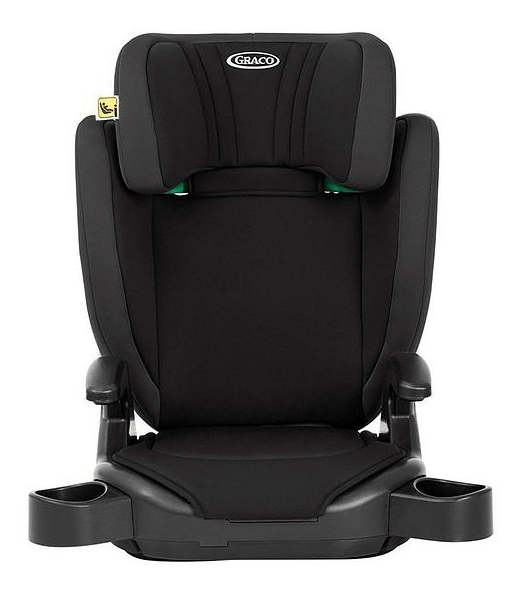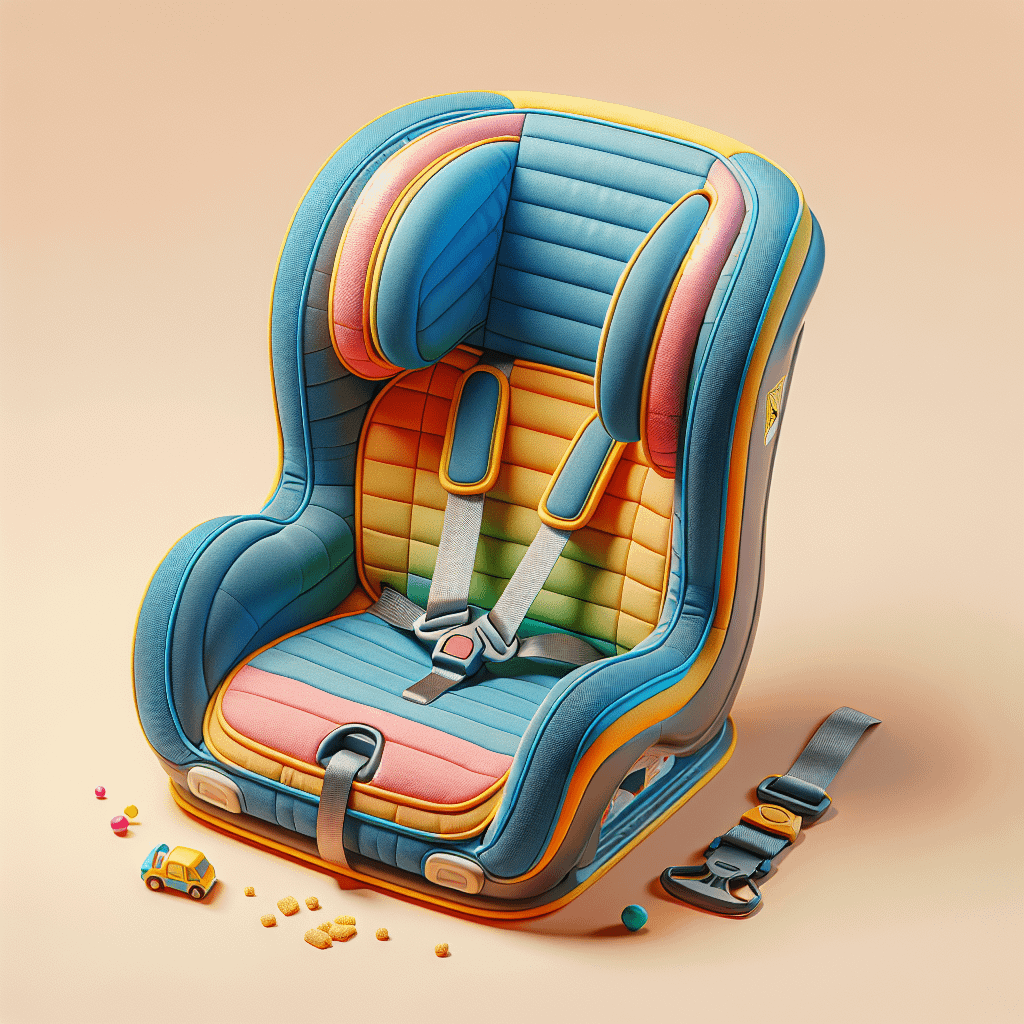A Guide to Replacing Your Child’s Car Seat: A Safety Timeline for the UK Parent
Estimated reading time: 5 minutes
- Understand UK legal requirements for child car seats.
- Know the age and height limits for transitioning to different car seats.
- Recognise key indicators for replacement to ensure your child’s safety.
- Be aware of special considerations for booster seats and car seat regulations.
- Learn about the penalties for non-compliance with car seat laws.
Table of Contents
- UK Legal Requirements: The Basics
- Key Timelines and Triggers for Replacement
- Signs You Must Replace or Upgrade the Car Seat
- Special Considerations
- Summary Table: Replacement Triggers
- Penalties
- Conclusion
UK Legal Requirements: The Basics
Understanding the legal framework surrounding car seats is vital for every parent. In the UK, children must use a child car seat until they are 12 years old or reach a height of 135cm, whichever comes first. After exceeding this threshold, they are required to use a standard seat belt (In-Car Safety Centre). Moreover, it’s mandatory for all car seats to have EU approval, identifiable by a label featuring a capital ‘E’ encircled by the ‘ECE R44’ notation (RAC).
Key Timelines and Triggers for Replacement
Age and Height
- Birth to 15 Months: According to UK law, children must be placed in a height-based (i-Size) rear-facing car seat until at least 15 months old (In-Car Safety Centre).
- Up to 135cm or 12 Years: After surpassing 15 months, children should remain in an appropriate car seat until they reach 135cm in height or turn 12 years old (Halfords).
Physical Fit: Outgrowing the Seat
- Head Position: A good rule of thumb is that when the top of your child’s head is two fingers’ width below the upper edge of the seat, it’s time to transition to a larger car seat (BeSafe).
- Weight and Height Limits: Always refer to the manufacturer’s specific weight and height recommendations. If your child exceeds these, it’s imperative to change their seat immediately (In-Car Safety Centre).
Signs You Must Replace or Upgrade the Car Seat
Knowing when to replace or upgrade your child’s car seat can significantly enhance their safety. Here are key indicators that warrant immediate action:
- Physical Growth: Your child is too tall or heavy for their current seat (BeSafe).
- Harness Position: The seat’s upper harness slots must not be below your child’s shoulders (for forward-facing seats).
- Wear and Tear: If the seat displays signs of wear, damage, or has been involved in an accident (even a minor one), it must be replaced.
- Harness Security: If the harness or belt no longer fits securely, it’s time for an upgrade.
- Expiry Date: Pay attention to the manufacturer’s expiry date for the car seat, if applicable.
Special Considerations
Understanding special allowances will ensure that your child’s safety is maximised:
- Backless Booster Seats: Since March 2017, new backless booster seats are legal only for children who weigh over 22kg and are taller than 125cm (RAC).
- Children Under 3: They must never travel in the front seat without the correct restraint. Special exceptions are only made for emergencies or in situations like taxis and minibuses where car seats may not be available (In-Car Safety Centre).

Penalties
It’s crucial to be aware of the consequences of non-compliance. Using an unsuitable or incorrectly fitted car seat can result in a hefty £500 fine (In-Car Safety Centre).
Conclusion
The safety of your child on the road should always be a top priority. By carefully monitoring your child’s growth and the condition of their car seat, you can ensure that they remain safe and secure during every journey. Always adhere to legal guidelines and follow the specific recommendations from the car seat manufacturer.
By staying informed and proactive, you can significantly reduce the risks associated with car travel for children. Don’t forget: the road is filled with uncertainties, but ensuring the right fit for your child’s car seat can make all the difference.
Graco Junior Maxi i-Size R129 Highback Booster car seat

Frequently Asked Questions: A Guide to Replacing Your Child’s Car Seat
When is my child legally required to stop using a car seat in the UK?
According to UK law, children must use a child car seat until they’re 12 years old or reach a height of 135cm, whichever comes first. After this point, they can transition to using a standard adult seat belt. This legal requirement ensures your child’s safety during the crucial developmental years when their body structure needs additional protection.
How do I know if my child has outgrown their current car seat?
There are several clear indicators that it’s time to upgrade. For rear-facing seats, when the top of your child’s head is within two fingers’ width of the upper edge of the seat, it’s time to transition. For forward-facing seats, your child has outgrown the seat when their shoulders are above the top harness slots or their ears are above the top of the seat shell. Always check that your child hasn’t exceeded the manufacturer’s maximum weight or height limits.
Do I need to replace a car seat after any type of accident?
Yes, any car seat that was installed in a vehicle during a collision should be replaced, even if there’s no visible damage and even if no child was in the seat at the time. The impact may have weakened internal components that aren’t visible to the naked eye. Manufacturers typically recommend replacement if the collision was above 5mph or severe enough to dent a vehicle panel. If airbags deployed during the accident, replacement is essential regardless of visible damage.
Do car seats have expiration dates, and why do they expire?
Yes, car seats typically have expiration dates ranging from 6 to 10 years from the date of manufacture. You can find this information on a label on the seat or in the owner’s manual. Car seats expire because materials can degrade over time, safety standards evolve, and wear from regular use can compromise the seat’s protective capabilities. Using an expired seat can significantly reduce your child’s protection in an accident.
What’s the difference between R44/04 and R129 (i-Size) car seats when considering replacement?
R44/04 seats are weight-based and tested with front and rear impacts but no mandatory side-impact testing. R129 (i-Size) seats are height-based and include mandatory side-impact testing at 15mph, providing enhanced protection. Both types require children to remain rear-facing until at least 15 months old. When replacing your seat, i-Size seats may offer better protection due to their more comprehensive testing standards.
What should I check when buying a second-hand car seat as a replacement?
When considering a used car seat, examine it carefully for any visible damage, cracks, or wear. Ensure you have the manufacturer’s instructions and check the expiration date. Verify the seat meets current safety standards (look for the ‘E’ mark indicating UN Regulation 44.04 or R129 compliance). Most importantly, confirm the seat’s history – never buy a seat that may have been in an accident, as this damage might not be visible but could compromise safety.
Further Reading
- Choosing the Right Car Seat for Your Child’s Age and Size: A Complete UK Parent’s Guide
- Cybex Anoris T2 Plus i-Size Toddler Car Seat – Cozy Beige
- Globalkids 360 Swivel Baby Car Seat Review: Ultimate Safety & Comfort
- ISOFIX Installation Made Simple: Complete UK Guide
- UK Baby Product Safety Standards 2025: Your Complete Parent’s Guide


